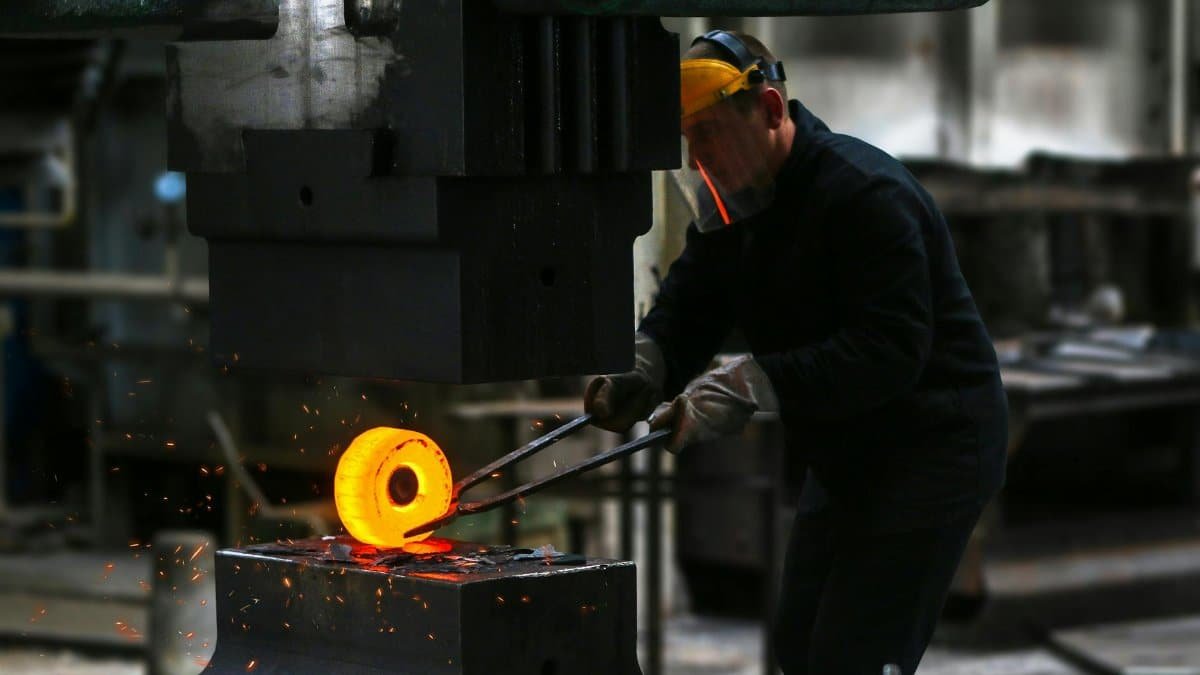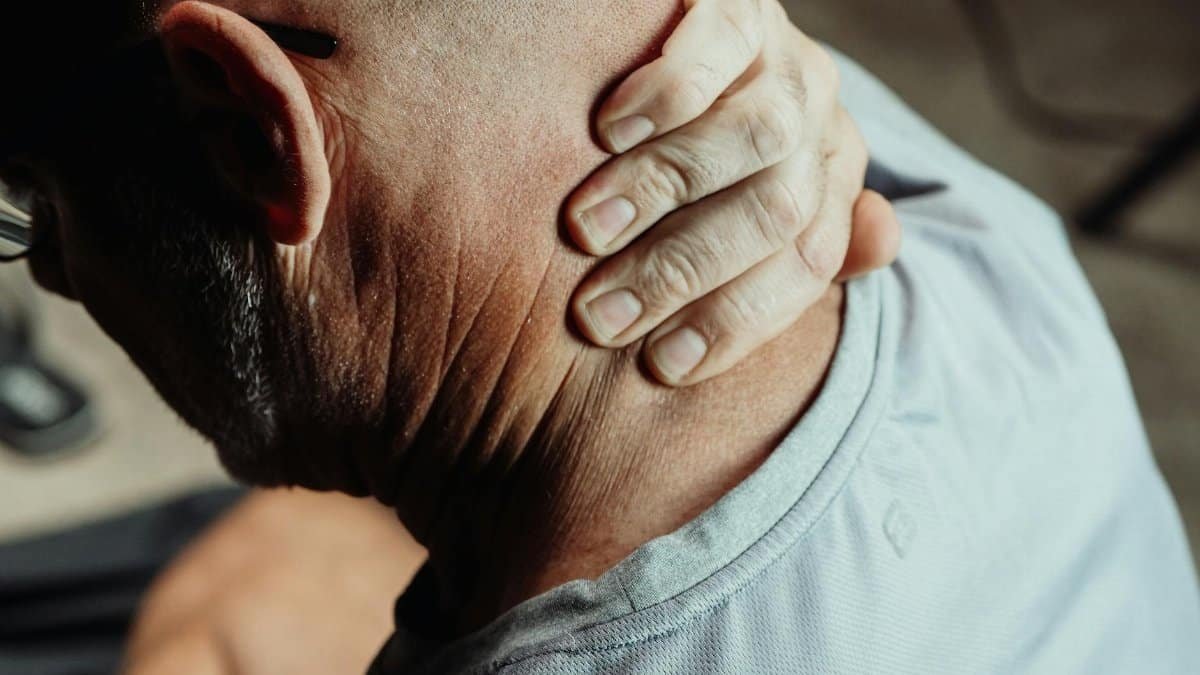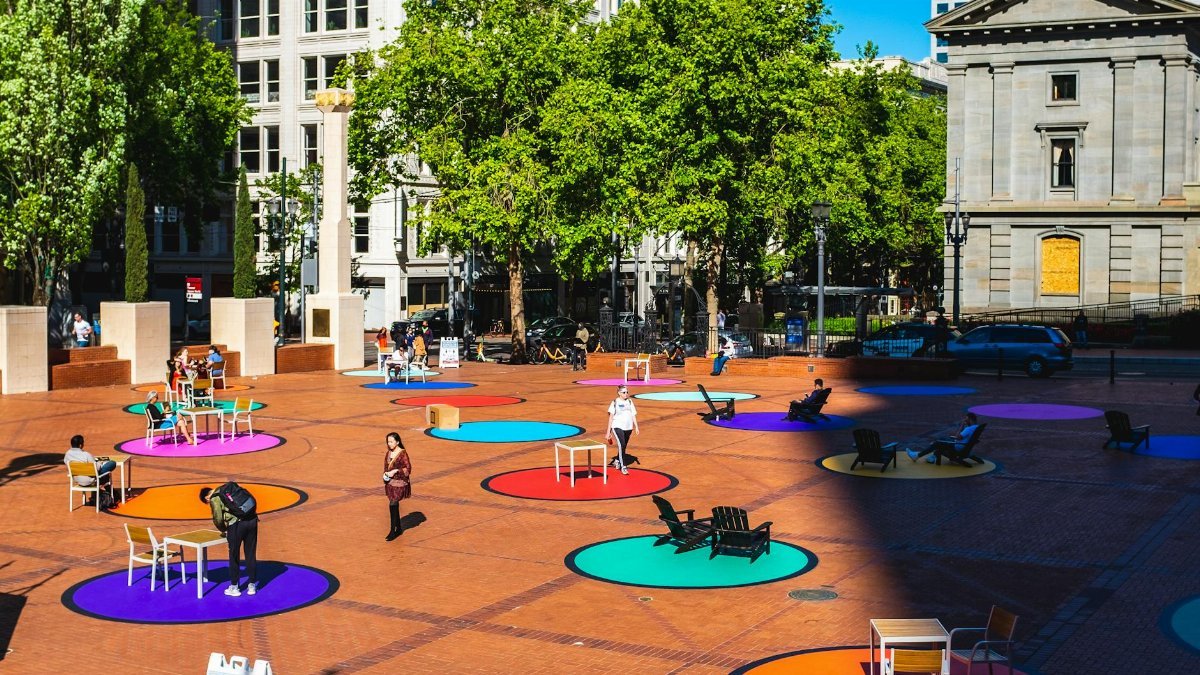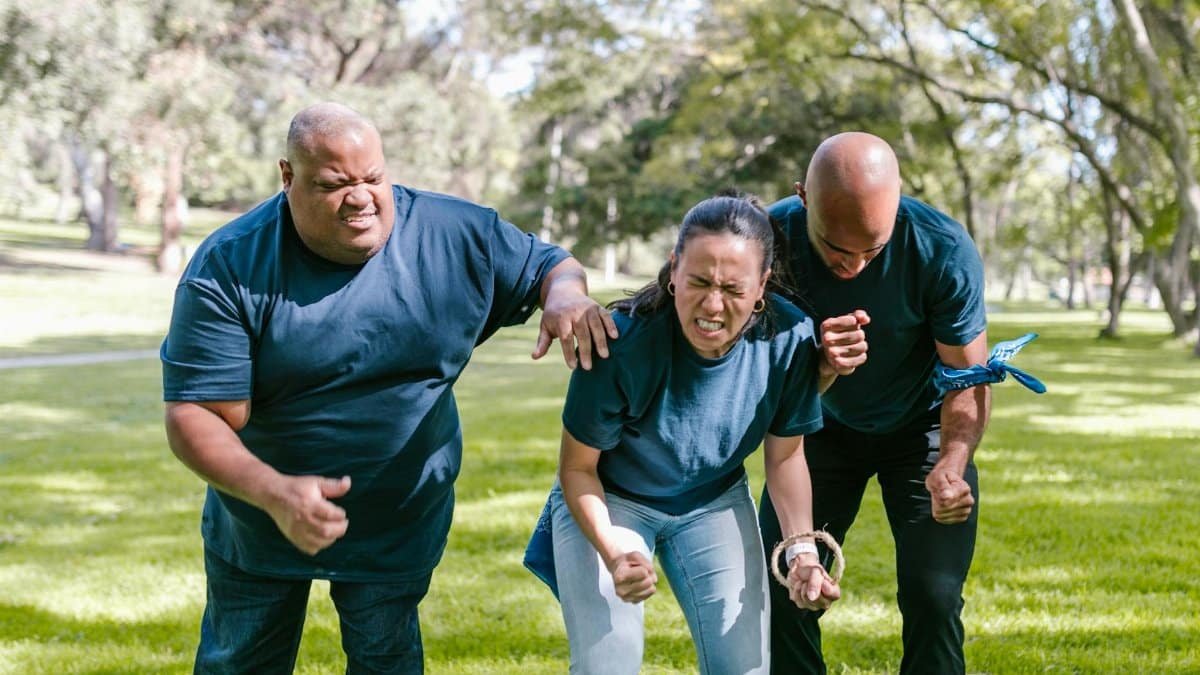In the heart of Phoenix, where the sun beats down relentlessly and the pace of life mirrors the desert’s unforgiving heat, a quiet shift is underway. A recent survey by the American Psychological Association found that 62% of Arizonans report heightened stress levels due to work demands, up from 48% just five years ago, with burnout emerging as a pervasive threat. This statistic underscores a growing awareness of what some call the energy flexibility movement—a grassroots push toward adapting personal energy reserves through practices like yoga and mindfulness to combat exhaustion. As residents navigate the demands of urban living amid rising temperatures and economic pressures, this movement offers a lifeline, encouraging flexible approaches to restore balance. It’s not just about surviving the daily grind; it’s about thriving in a city that demands resilience.
1. Persistent Fatigue That Lingers

Imagine waking up after a full night’s sleep, yet feeling as drained as if you’d pulled an all-nighter. This kind of exhaustion, a hallmark of burnout, strikes many in Phoenix, where long commutes and sweltering summers sap vitality. Experts note that when fatigue becomes chronic, it signals a deeper imbalance in how people manage their inner resources. The energy flexibility movement addresses this by promoting adaptable routines, such as short yoga sessions tailored to individual needs. One local teacher described it simply: adapting poses to match daily energy levels prevents total depletion. Research from the American Psychological Association highlights how such persistent tiredness correlates with reduced productivity, affecting nearly half of surveyed workers. In Phoenix, where the tech boom adds to workload pressures, residents often overlook these early warnings until they escalate.
Consider a software engineer in the East Valley who shared anonymously online about hitting a wall after months of overtime. Mornings blurred into evenings, and even weekends offered no recharge. This story echoes broader trends, where ignoring fatigue leads to a cycle of diminished performance. The movement encourages small shifts, like incorporating breathing exercises during breaks, to rebuild reserves. Without intervention, this fatigue morphs into resentment toward work and life, underscoring the need for proactive energy management.
2. Emotional Detachment From Daily Tasks

Tasks that once sparked enthusiasm now feel like chores. This detachment creeps in subtly, leaving people disengaged from their routines. In Phoenix’s vibrant arts scene, artists report losing passion for their craft amid financial strains. The energy flexibility movement counters this by fostering emotional reconnection through mindful practices, emphasizing fluidity in how one allocates mental energy. A study published in the Environment and Behavior journal links urban stress to such disconnection, noting higher rates in sunbelt cities like Phoenix.
Picture a gallery owner who once thrived on curating exhibits but now views openings as obligations. Conversations with peers reveal similar sentiments, where the desert’s isolation amplifies feelings of alienation. Integrating flexible energy techniques, such as adaptive meditation, helps rekindle that spark. These methods allow for ebb and flow, acknowledging that energy isn’t constant. As 2025 unfolds, with remote work blurring boundaries, this sign of burnout demands attention to prevent full emotional shutdown.
Yet, there’s nuance here. Detachment can sometimes serve as a protective mechanism, a brief pause before recalibration. The movement teaches that recognizing this as a signal, rather than a failure, opens doors to sustainable engagement.
3. Irritability and Short Temper

Sudden snaps over minor annoyances reveal burnout’s toll on patience. In Phoenix traffic, where gridlock tests tempers, this irritability surfaces frequently. The energy flexibility movement advocates for responsive strategies, like quick yoga flows to diffuse tension. Data from the Centers for Disease Control and Prevention indicates that chronic stress heightens aggression, impacting relationships at home and work.
One resident recounted a heated exchange with a colleague over a trivial deadline, later realizing it stemmed from unchecked exhaustion. Such moments, common in online shared experiences, highlight how burnout erodes emotional buffers. Practitioners of energy flexibility emphasize adjusting daily rhythms to include restorative pauses, preventing buildup. This approach transforms irritability from a constant state to an occasional ripple, fostering calmer interactions.
Delving deeper, cultural factors in Phoenix, with its mix of transplants and locals, add layers. The movement’s inclusive nature appeals to diverse groups, offering tools that adapt to varied lifestyles.
4. Difficulty Concentrating on Work

Focus scatters like dust in a haboob, making simple tasks arduous. This cognitive fog plagues many in Phoenix’s corporate hubs, where distractions abound. The energy flexibility movement introduces techniques to realign mental energy, such as personalized mindfulness exercises. A report from Pew Research Center shows that 35% of U.S. workers experience concentration issues tied to burnout, with higher figures in high-heat areas.
An office worker described staring at spreadsheets, mind wandering to unrelated worries, a scenario echoed in anonymous forum posts. By embracing flexible energy practices, like alternating intense focus with gentle stretches, clarity returns. These methods acknowledge that concentration wanes naturally, especially under stress. In 2025, as hybrid models evolve, addressing this sign becomes crucial for maintaining professional edge.
Interestingly, some find that brief disconnections lead to creative breakthroughs, a tension the movement navigates by promoting balanced flexibility.
5. Physical Symptoms Like Headaches

Headaches throb as burnout manifests physically, often overlooked until debilitating. Phoenix’s dry climate exacerbates these, turning minor aches into daily battles. The energy flexibility movement integrates holistic responses, using yoga to alleviate tension. Findings from the Mayo Clinic detail how stress triggers such symptoms, affecting sleep and overall health.
Recall a teacher who endured migraines during peak school seasons, attributing them to workload until exploring energy adaptations. Public accounts online describe similar relief through flexible routines. This sign warns of deeper issues, urging timely intervention to avoid chronic conditions.
The interplay between environment and body adds complexity; Phoenix’s heat waves intensify symptoms, making adaptive practices essential.
6. Withdrawal From Social Circles

Friends’ invitations go unanswered as isolation sets in. In Phoenix’s sprawling suburbs, this withdrawal deepens feelings of loneliness. The energy flexibility movement encourages gentle re-engagement through community yoga classes. Statistics from the U.S. Surgeon General’s advisory on loneliness link it to burnout, noting epidemic levels post-pandemic.
A hiker who once joined group treks now opts for solitude, a shift shared in reflective stories. By flexibly rebuilding social energy, connections revive. This approach respects varying needs, preventing total retreat.
Yet, solitude can nurture introspection, a facet the movement balances with communal ties.
7. Loss of Motivation for Hobbies

Passions fade, leaving empty spaces where joy once resided. Phoenix’s outdoor enthusiasts report dreading activities like golf or hiking. The energy flexibility movement revives this through adaptive pursuits, aligning hobbies with current energy levels. Insights from the National Center for Biotechnology Information connect motivation loss to burnout’s dopamine drain.
One golfer confessed to letting clubs gather dust, a sentiment mirrored in online narratives. Flexible practices restore enthusiasm, turning obligations into delights. As Phoenix grows in 2025, recognizing this sign sustains long-term well-being.
This final indicator often circles back to the first, creating a loop that flexible energy strategies can break, offering hope amid the desert’s challenges.
